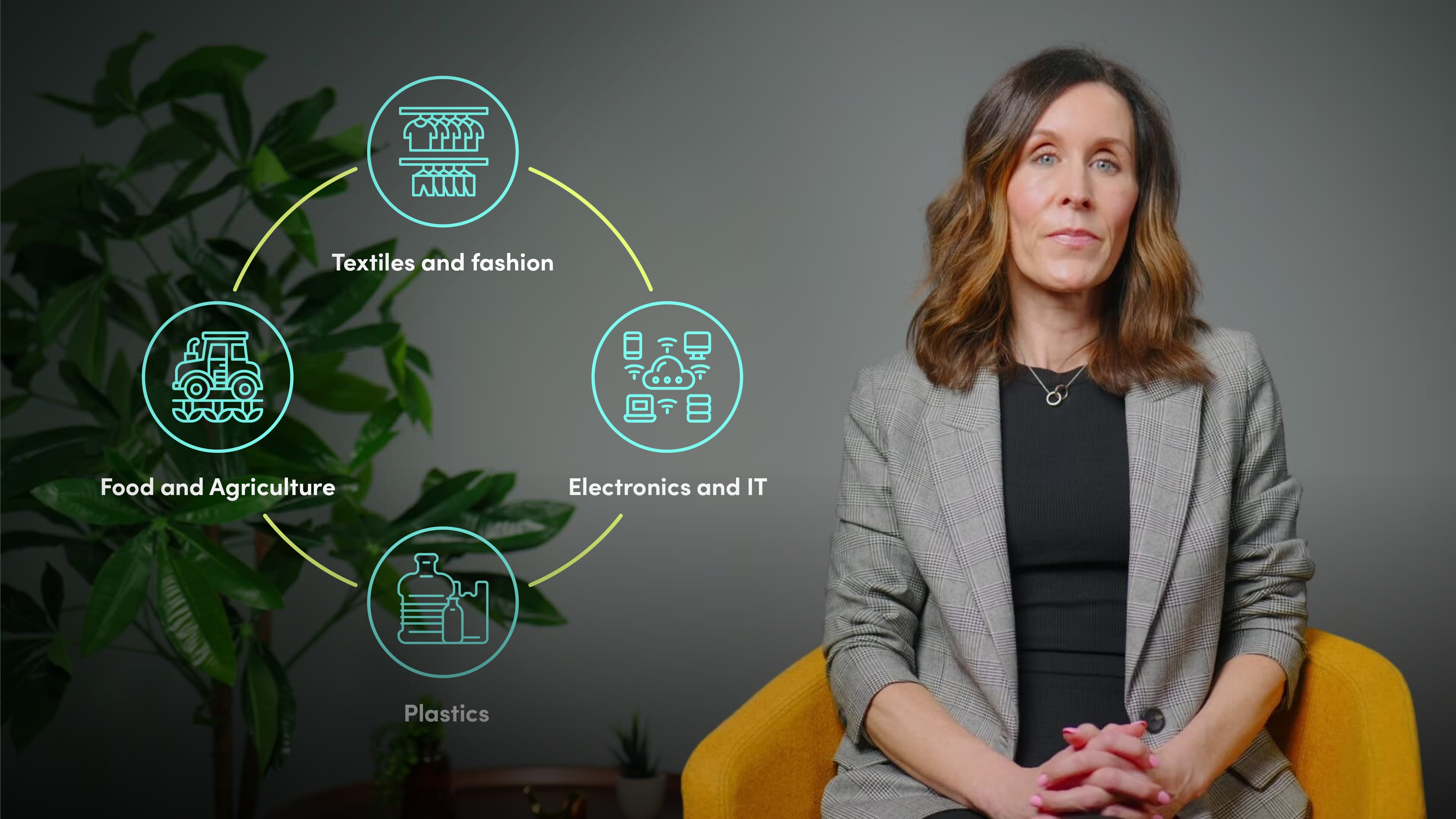
Introduction to the Circular Economy Action Plan

Pamela Turok
24 years: Sustainability lawyer
What is the Circular Economy Action Plan (CEAP)? Join Pamela Turok from CMS as she explains what the CEAP is and the sectors most impacted by the regulation.
What is the Circular Economy Action Plan (CEAP)? Join Pamela Turok from CMS as she explains what the CEAP is and the sectors most impacted by the regulation.

Introduction to the Circular Economy Action Plan
15 mins 4 secs
Key learning objectives:
Understand the key elements and objectives of the CEAP
Identify the key sectors impacted by the CEAP
Outline how various directives and regulations will shape the circular economy
Overview:
The Circular Economy Action Plan (CEAP) is a key component of the EU Green Deal, aiming to transform the economy by reducing waste, promoting sustainable design, and fostering resource efficiency. It targets sectors like manufacturing, electronics, and textiles, with significant regulatory developments anticipated by 2026. There are a number of agreements, directives and regulations to be aware of as the transition to the circular economy takes shape.
Summary
What is the Circular Economy Action Plan (CEAP)?
The CEAP is a fundamental part of the EU Green Deal, designed to transition from a linear economy to a circular one by reducing waste, promoting eco-design, and enhancing resource efficiency across various sectors.
How does the CEAP aim to achieve its objectives?
The CEAP introduces initiatives focused on sustainable product design, empowering consumers with repair rights, targeting key product value chains, and fostering innovation and international collaboration to promote a circular economy.
Which sectors are most impacted by the CEAP?
The CEAP significantly impacts sectors such as manufacturing, waste management, construction, textiles, electronics, plastics, and food and agriculture, urging them to adopt sustainable practices and circular business models.
What are some key regulatory developments under the CEAP?
Notable developments include new ecodesign requirements, a right-to-repair directive, updates to the Industrial Emissions Directive, and regulations on packaging, batteries, and plastics, with many expected to be enforced by 2026.
What is the current status of the CEAP implementation?
Significant progress has been made, with several measures already adopted under EU law. However, full implementation requires additional national legislation, with timelines extending into the coming years.

Pamela Turok
Pamela Turok is a specialist environment, sustainability, and product practitioner at CMS with over 20 years of experience in environmental law, particularly ESG and product-related matters. She is a Band 1 ranked environmental practitioner and a member of the UK Environmental Law Association. Her practice focuses on a wide range of ESG issues, both at EU and UK levels. She leads multijurisdictional sustainability advice for international clients and has advised on the European Green Deal since its publication in 2020. Pamela speaks on ESG at industry events and is a frequent author of knowledge pieces in this area.
There are no available Videos from "Pamela Turok"

